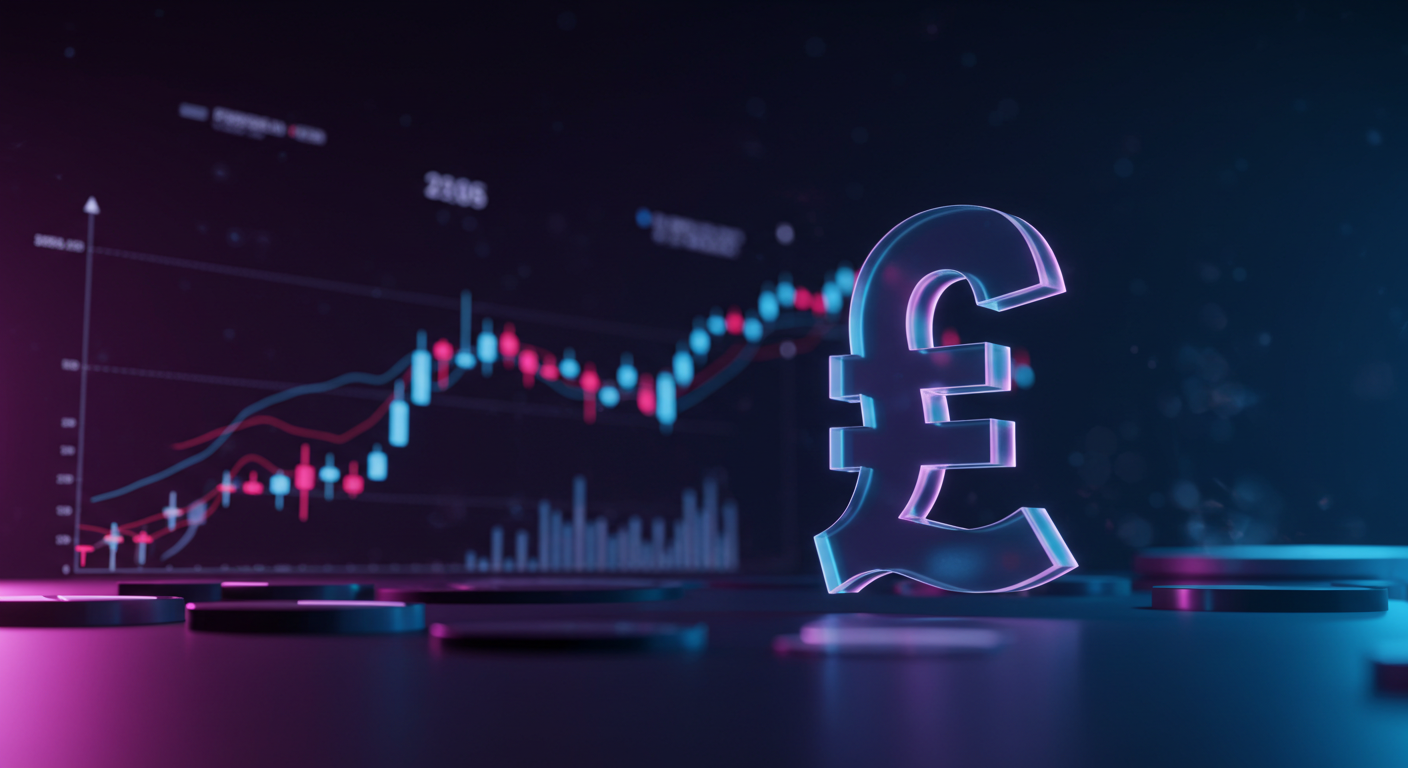
In April, the National Institute of Economic and Social Research (NIESR) estimated the United Kingdom’s GDP growth at 0.6% for the three-month period. This figure remains unchanged, indicating stable economic conditions compared to previous forecasts.
Within the currency markets, EUR/USD experienced some fluctuations, settling below the 1.1200 mark due to mixed data from the United States and Germany. More data was released showing that GBP/USD also faced a decline, falling under the 1.3300 level as the US dollar strengthened.
Gold And Bitcoin Movements
In commodities, Gold’s price climbed to over $3,200 per troy ounce, supported by a weaker US Dollar and cautious global markets. Bitcoin saw some volatility, dipping below $102,000, amidst uncertainty about peace talks between Russia and Ukraine.
The UK’s GDP data showed faster growth in the first quarter, raising questions about the underlying economic activities. This period followed a stagnant performance in the latter half of the previous year, leaving open questions about the real state of the economy.
That 0.6% uptick in GDP over a three-month span – while not dramatic – does offer a glimpse into underlying momentum that hadn’t been so clear towards the end of last year. The economy had been at a near standstill during the final two quarters of 2023, so any measurable pickup may alter projection models that had priced in more sluggish activity well into 2024. Still, the flat month-on-month figure introduces caution. We can infer from it that the forward trend isn’t assured, and traders should continue to sharpen their focus on short-term output and labour metrics for confirmation of direction.
Currency Pair Dynamics
Looking over to the EUR/USD, the move below 1.1200 appears tied to inconsistencies in both German industrial production and American service sector data. German figures came in notably weaker than expected, dimming hopes of a recovery-led euro boost. However, strength in certain segments of US economic output gave the dollar reasons to firm, which narrowed the range for both sides. As a result, price action has lacked commitment but still favours dollar strength, at least in the medium term. Declines like these may not create new long-term lows, but they do alter implied volatility patterns, and that affects pricing on both ends of the curve.
The GBP/USD drop below 1.3300 was similarly grounded in broader dollar resilience, rather than sterling-specific weakness. Market positions have tilted towards the dollar as expectations for delayed rate cuts in the States edge higher. Rate sensitivity in this pair suggests that unless incoming UK labour or inflation data surprise to the upside, the pair could test further downside support levels. For those managing exposure around macro releases, this shift in sentiment dictates shorter holding horizons and close monitoring of interbank rate expectations.
Commodities showed an upward tilt with gold prices sailing back above $3,200 per ounce. Dollar softness, combined with increased hedging activity stemming from geopolitical tension, has lifted demand. The uptick isn’t purely speculative – it’s entrenched in changing central bank positioning, particularly outside of North America. That’s key for understanding where institutional flows may go next. With short-dated volatility skew leaning more positively, we’ve begun to see more defined wings pricing, especially on the upside.
Meanwhile, Bitcoin’s trajectory remains more reactive. The slip below $102,000 mirrored broader risk-off sentiment, but its connection to speculation surrounding overseas conflict means price discovery continues to function with abrupt reversals. It would be misguided to treat its volatility as purely sentiment-driven – derivative positioning in the space has shifted more towards gamma-neutral strategies, suggesting greater caution among structured products desks. When we’ve observed this setup before, intraday moves tend to compress, despite sharp headline events.
The faster UK GDP growth carries deeper implications for rate futures. While the current data removes immediate pressure from the monetary side, there’s an open debate as to how enduring this recovery phase might be. We can already see signs that underlying consumption has not yet reasserted itself. That will be important when mapping out convexity risks in cross-asset trades this month. Short-term pricing and options open interest suggest that traders see limited room for upward surprises but are not yet bidding aggressively for downside cover either.
Overall, elevated pricing in both commodities and longer-duration rate products suggests markets have not yet returned to a neutral stance. For now, it helps to treat these moves with a degree of scepticism, leaning on intraday liquidity books and near-term implieds rather than directional bets. It’s those implieds — especially those tied to forward guidance expectations — that will continue to shape volatility surfaces over the next few weeks.







